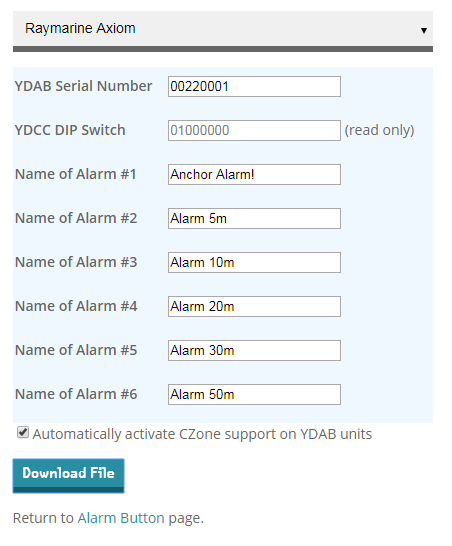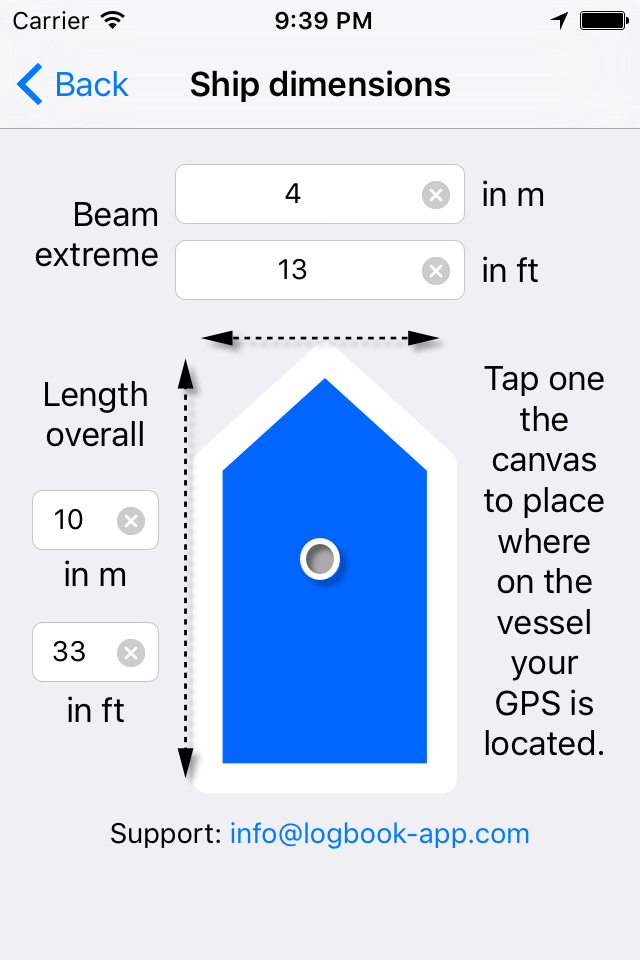
Check the ship’s speed If the ship is moving with the flow of the current, it is possible that its anchor is dragging.


Set the anchor alarm to make good use of available electronic aids.Press the MOB button on the GPS when the anchor is dropped.Know position of the anchor by noting down the position of the ship when the anchor is dropped.#Tips: How to know when the ship is dragging anchor Heavy weather is among the common causes of shipping accidents, but the most common cause of dragging anchor. Simply put, “when an external force exceeds that of the anchor’s holding power, it will drag”. There are extraordinarily large vibrations coming from the anchor chains.The ship’s side against the wind has not changed.This “waiting time” at anchorage can be days or even weeks. In the current shipping trade operations, waiting at anchorage is inevitable for ships at most ports of the world. Waiting for instructions from owners- charters or waiting for berthing.The reasons that a ship stays at anchor vary: The most frequent anchor-related incidents occur when the anchor drags and the vessel drifts without holding power, which could lead to collisions, groundings or strandings.īut let us take things from the beginning.Īn anchor is -usually a metal- device, used to connect a vessel to the seabed, to prevent it from drifting due to wind or current.Īnchors achieve holding power either by “hooking” into the seabed or sheer mass or both. So, what rests for the crew to do is to recognize the signs of a dragging anchor: Early identification is the key to avoid accident-related to the dragging anchor situations.

Sometimes the anchor may drag, something that may not be in control of the crew. A dragging anchor is one of the many unwelcome incidents a ship may encounter during its operational life at sea.


 0 kommentar(er)
0 kommentar(er)
